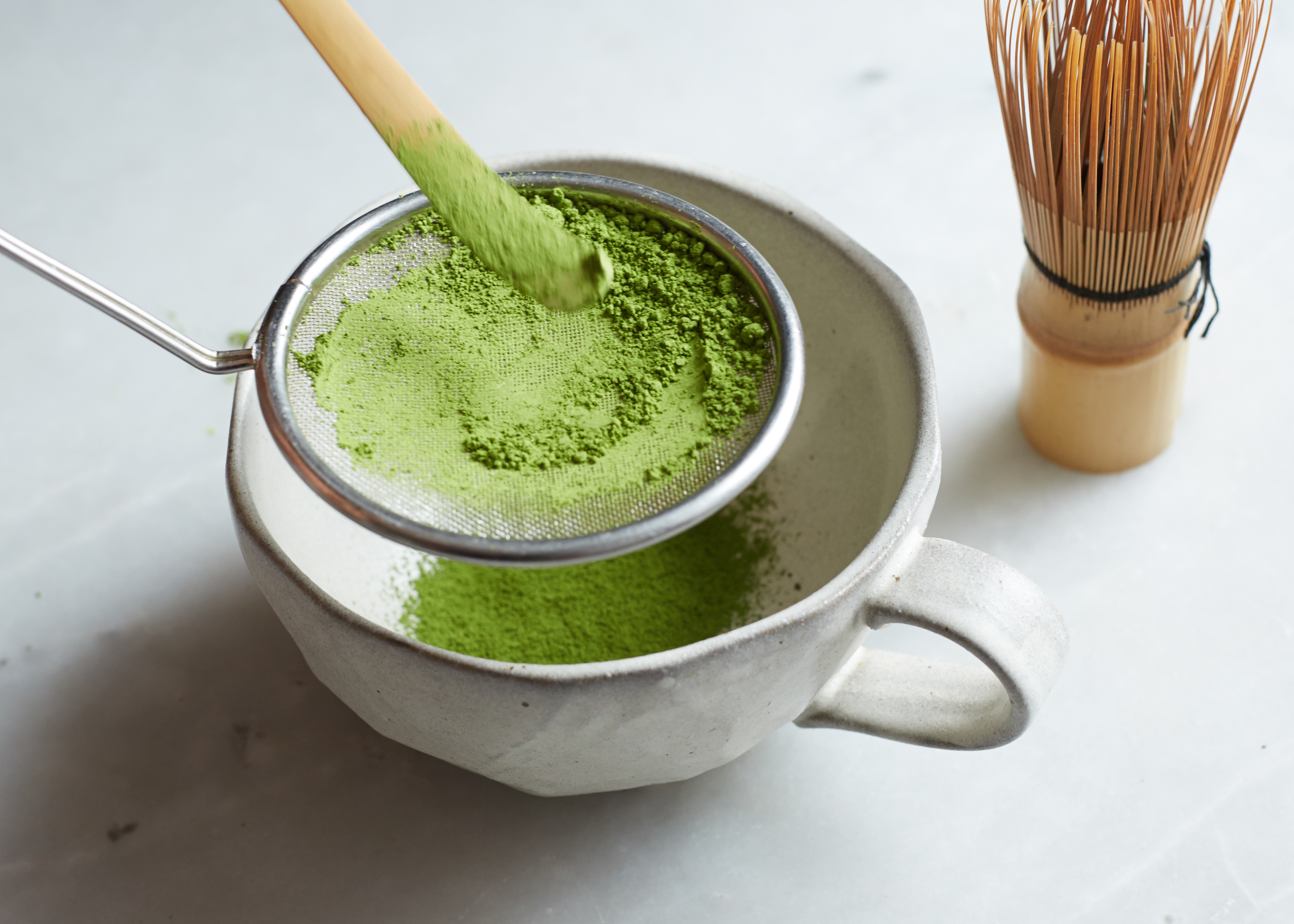Brewing Perfection: Tips for Making the Best Organic Tea at Home
In a world where we are constantly seeking ways to improve our health and minimise our carbon footprint, organic tea Australia offers the perfect solution. Not only does it provide a delightful and refreshing beverage, but it also comes with a host of health benefits. In this blog post, we will explore the art of brewing the perfect cup of organic tea at home.
Get ready to embark on a journey full of excitement and curiosity as we delve into the intricacies of selecting the right organic tea, preparing the equipment, understanding water temperature and time, mastering the art of proper tea steeping, enhancing flavours with additions and pairings, and storing and preserving organic tea quality.
Choosing the Right Organic Tea
When it comes to brewing the perfect cup of organic tea, the first step is to choose high-quality tea leaves. Organic tea ensures that no harmful pesticides or chemicals have been used in the growing process, making it a healthier option for both you and the environment.
There are various types of organic teas available, including green, black, and herbal teas. Each type offers unique flavours and health benefits. Green tea is known for its antioxidants and metabolism-boosting properties, while black tea offers a robust and full-bodied flavour.
Herbal teas, on the other hand, provide a wide range of flavours and health benefits, depending on the herbs used. To ensure you are getting the best organic tea Australia has to offer, source your teas from reputable suppliers or local markets that prioritise organic and sustainable practices.
Preparing Your Tea Equipment
To brew the perfect cup of organic tea, you need the right equipment. While there are many options available, the key is to choose equipment that suits your preferences and brewing style. A teapot or teacup with an infuser is a popular choice as it allows the leaves to expand and infuse their flavours fully.
It is important to clean and maintain your tea accessories regularly to prevent any residue or flavours from previous brews from interfering with the taste of your tea.
For a more specialised brewing experience, consider investing in tools such as a gaiwan or a matcha whisk. These tools can enhance the brewing process and add a touch of elegance to your tea rituals.
Visit this link - Organic Tea

Water Temperature and Time
Water temperature plays a crucial role in steeping organic tea to perfection. Different types of teas require different water temperatures to bring out their optimal flavours.
For example, green tea is best brewed with water that is around 175°F (80°C), while black tea benefits from hotter water, around 200°F (93°C). Herbal infusions, on the other hand, can tolerate boiling water. It is essential to note that steeping times also vary depending on the type of tea.
Steeping time refers to the duration the tea leaves are left in contact with hot water. Green teas generally require a shorter steeping time of around 2-3 minutes, while black teas can be steeped for 3-5 minutes. Herbal infusions, on the other hand, may require longer steeping times of 5-7 minutes to extract their full flavours.
The Art of Proper Tea Steeping
To achieve the desired strength and flavour of your organic tea, it is crucial to measure your tea leaves accurately. The general rule of thumb is to use one teaspoon of loose tea leaves per cup of water. However, you can adjust the amount according to your taste preferences.
When it comes to choosing between loose-leaf and pre-packaged tea bags, loose-leaf tea often provides a more authentic and flavourful experience. It allows the leaves to expand fully, releasing their aroma and flavour. However, pre-packaged tea bags offer convenience and are perfect for those on the go.
Additionally, experimenting with steeping techniques such as multiple infusions or using a gaiwan can add depth and complexity to your tea experience.
Enhancing Flavour with Additions and Pairings
While organic tea is delicious on its own, there are various additions and pairings that can elevate its flavour profile. Instead of refined sugar, consider using natural sweeteners like honey or stevia to add a touch of sweetness without overpowering the tea's natural flavours.
You can also experiment with adding lemon slices, mint leaves, or spices like cinnamon or ginger to your tea for an extra burst of flavour. Additionally, certain food pairings can complement specific types of teas.
For example, scones with Earl Grey tea create a delightful combination of flavours. Don't be afraid to get creative and discover new flavour combinations that suit your taste preferences.
Storing and Preserving Organic Tea Quality
To maintain the freshness and quality of your organic tea, proper storage is essential. Tea leaves are delicate and can easily absorb odours and moisture from the environment. It is best to store your tea in airtight containers, away from light, moisture, and strong odours.
Avoid using plastic containers as they can retain odours, and opt for glass or ceramic jars instead. Additionally, if your tea comes in a resealable package, make sure to seal it tightly after each use. If you prefer to transfer your tea to a different container, ensure that it is airtight and stored in a cool, dry place.
Conclusion
In this blog post, we have explored the art of brewing the perfect cup of organic tea at home. From choosing the right organic tea and preparing the equipment to understand water temperature and time, proper tea steeping, enhancing flavours with additions and pairings, and storing and preserving organic tea Australia quality, we have covered all the essential tips and techniques you need to master the art of organic tea brewing.
Now, it's time to unleash your creativity and enjoy the process of brewing your own organic tea at home.

Comments
Post a Comment